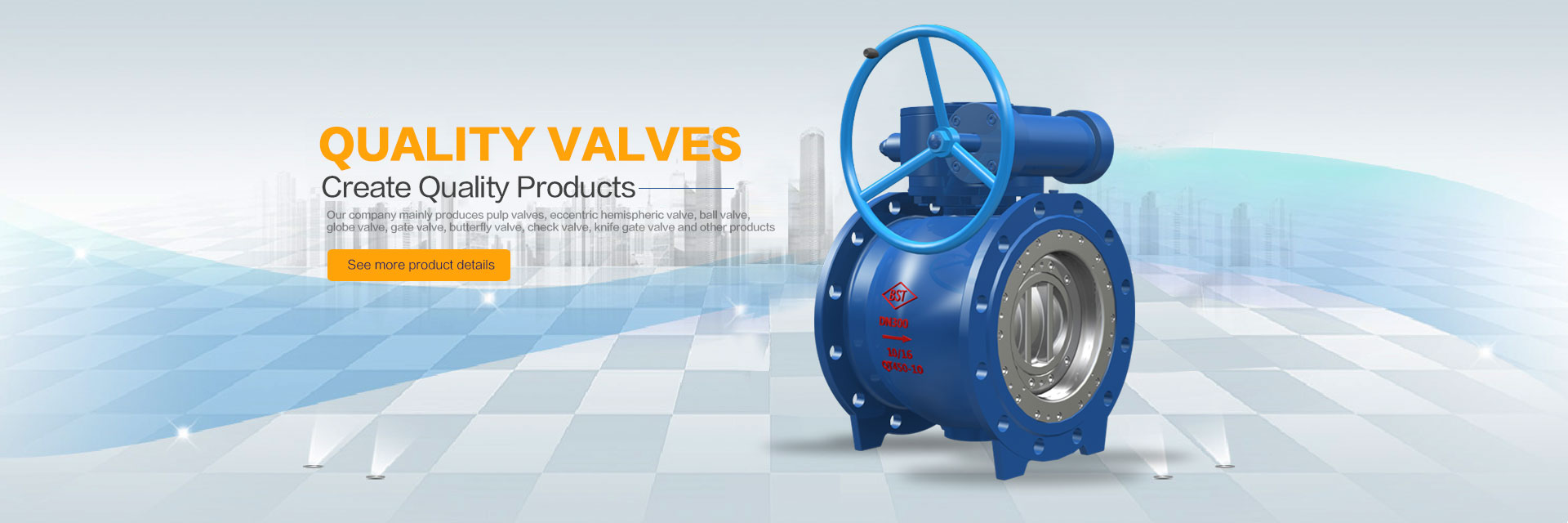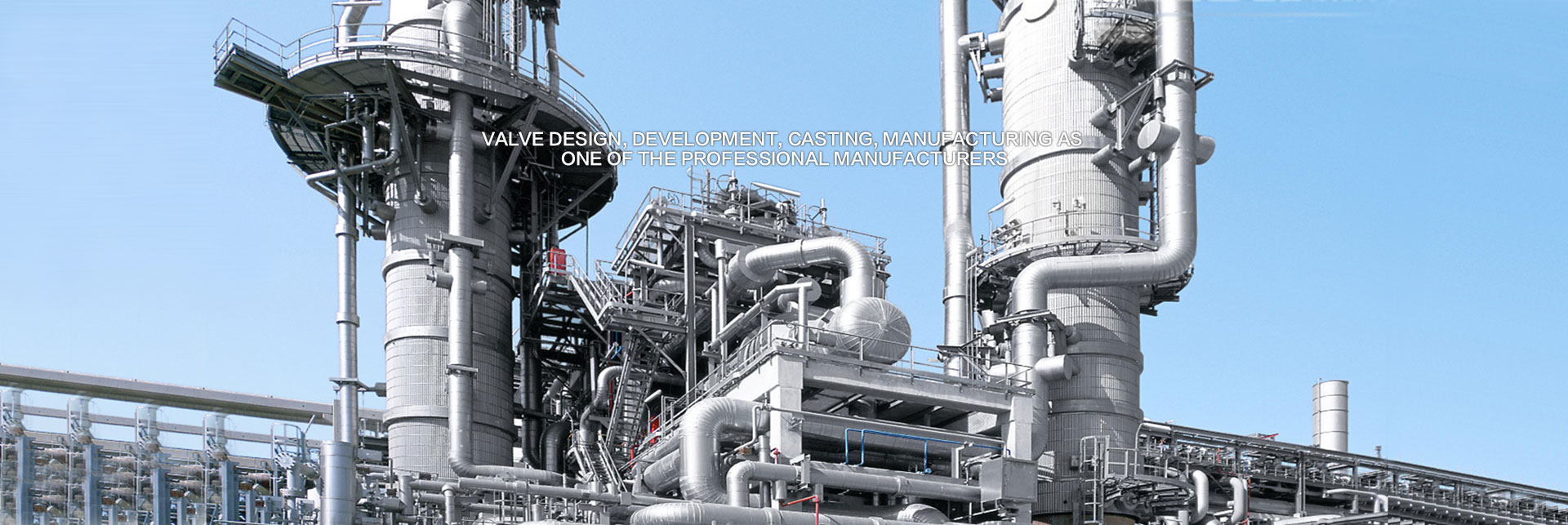Do you know the type and pressure grade of flange and sealing surface?
Flange sealing surface according to the working condition, medium, pressure, specifications, temperature and other conditions, so the type of choice is not the same. Below we come together to recognize the type of these flange sealing surface!
FF- full face sealing surface
Flat Face Full Face type sealing surface is fully Flat, suitable for occasions with low pressure and non-toxic media.
Rf-face sealing surface
The Raised Face type is the most widely and commonly used one of several types. The international standard, the European system and the domestic standard are fixed height, but the height of high pressure may increase the height of the sealing surface in the American standard flange.
The gasket suitable for the face sealing flange has various non-metallic plain gaskets, covering gaskets; Metal packing; Wound gasket (including outer ring or inner ring), etc.
M/FM- convex and concave sealing surface
The two types of Male Face and Female Face are a pair, one Female and one Male. They must be used together, which is convenient for alignment when loading and can prevent gasket from being extruded. Suitable for high pressure situations.
The suitable sealing gaskets for the sealing surface of concave and convex surface are: various non-metallic flat gaskets and covering gaskets; Metal packing; Basic model or with inner loop winding lead film, etc.
T/G- groove joint sealing surface
Tongue Face and Groove Face are similar to concave and convex surface. They are also a one-male and one-female type of matched sealing surface. They are also used for matching. The gasket is located in the annular groove and is limited by the metal walls on both sides. Because the gasket is not in direct contact with the fluid medium in the pipe, it is less subject to the erosion or corrosion of the fluid medium. Therefore, it can be used in the occasions where the sealing requirements are stricter for high-pressure, flammable, explosive and toxic media. The sealing surface gasket is good for neutral installation, but it is difficult to process the sealing surface. It is easy to damage the sealing surface when replacing the gasket, and the flange must be separated in the axial direction during installation and disassembly. Therefore, the possibility of separating the flange in the axial direction should be considered in the pipeline design.
The suitable gaskets for the sealing surface of tenon and groove surface are: all kinds of metal and non-metal plain gaskets, metal packing gaskets and basic type winding gaskets, etc.
RTJ(RJ)- ring joint sealing surface
Ring to be Face RTJ sealing flange, also belong to the narrow Face of the flange, and make a Ring on the flange of the trapezoidal channel as the flange sealing surface, and the surface of the mortise flange, the flange must in the axial direction when installation and disassembly separate flange, therefore, should be considered in the design of the pipeline to separate flange in axial.
The sealing surface is specially designed to cooperate with solid metal gaskets which are processed into octagonal or oval shapes by metal materials to realize sealing connection. Due to the metal ring pad can be based on the inherent characteristics of various metals, so this sealing surface sealing performance is good, the installation requirements are not too strict, suitable for high temperature, high pressure conditions, but the sealing surface processing accuracy is higher.
Pressure rating
According to ASME B16.5, steel flanges have 7 pressure classes: class150-300-400-600-900-1500-2500
The flange pressure class is very clear, Class300 flange can withstand more pressure than Class150, because Class300 flange needs to be made of more materials, thus can withstand more pressure. However, the compression capacity of the flange is affected by a variety of factors. Flange pressure classes are expressed in pounds, and a pressure class can be expressed in different ways. For example: 150 lb, 150 LBS, 150# and Class150 mean the same thing.
Examples of pressure classes
The bearing capacity of flanges varies with temperature. As the temperature increases, the bearing capacity of the flange decreases. Class150, for example, the flange bearing capacity at room temperature to 270 PSIG, confined ability in 400 ℉ to 180 PSIG, confined ability in 600 ℉ to 150 PSIG, at 800 ℉ bearing capacity is 75 PSIG.
In other words, when the pressure drops, the temperature is allowed to rise, and vice versa. Since flanges can be made of different materials, such as stainless steel, cast iron, ductile iron, carbon steel, etc., each material has a different pressure rating.
The following figure shows an example of a flange in NPS12. As you can see, the diameter of the flange inner hole and face is the same. However, the flange outside diameter, bolt hole center circle diameter, bolt hole diameter increases with the increase of the pressure level.
The number and diameter of bolt holes are:
150-12 x 25.4 CL 300-16 x 28.6 CL 400-16 x 34.9 CL 600-20 x 34.9 CL 900-20 x 38.1 CL 1500-16 x 54 CL 2500-12 x 73
Pressure and temperature ratings - examples
Pressure-temperature rating means the maximum allowable working gauge pressure (pressure in Bar) of the material and class at the rated temperature (Celsius). For the intermediate temperature, linear insertion method is allowed. However, insertion between flange levels is not allowed.
Flanged joints may be suitable for pressure-temperature ratings if the bolts and gaskets of the flanged joints meet the relevant qualification conditions and the alignment and assembly of the flanged joints are in accordance with good practice. If the latter is used for flanged joints that do not meet these limits, the user is responsible.
The rated temperature corresponding to the rated pressure refers to the shell temperature of the flange and the pressure vessel of the flange pipe fitting. In general, this temperature is the same as the temperature at which the fluid is stored. The user is responsible for the selection of pressure ratings that do not correspond to the temperature of the stored fluid. When the temperature in - 29 ℃ - 20 ℉), of the following rating shall be no greater than - 29 ℃ (~ 20 ℉) rating.
The flange grade can be calculated automatically with the API module of yiwei technology
As an example, here are two groups of materials divided according to ASTM and their pressure-temperature ratings according to ASME B16.5.
Shall not be used for more than 455 ℃.
Shall not be used for more than 370 ℃.
Shall not be used for more than 260 ℃.
Shall not be used for more than 425 ℃.









